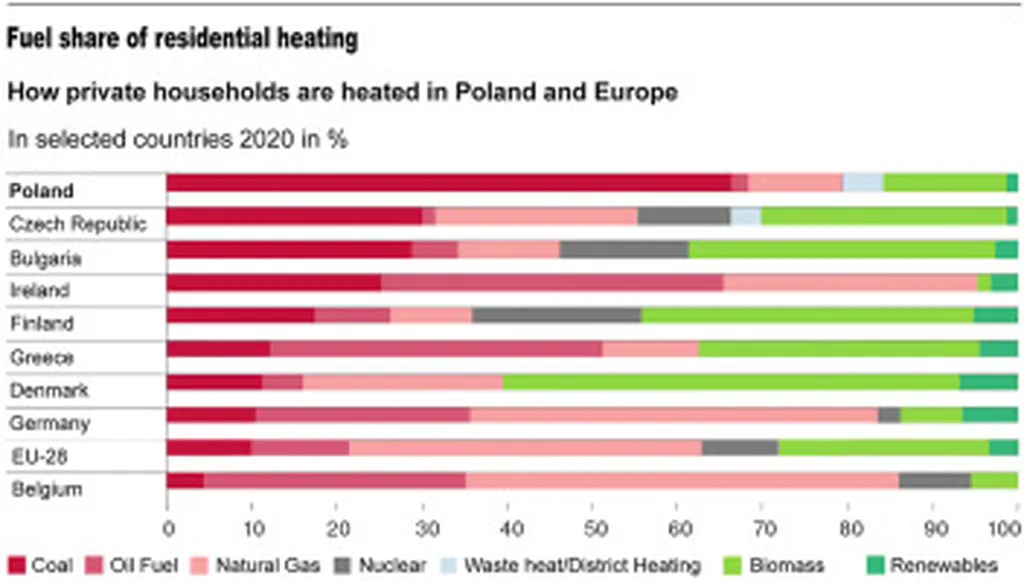In the quest to reduce energy consumption and carbon emissions in buildings across the European Union, a groundbreaking study led by Belayneh Semahegn Ayalew from the Faculty of Mechanical Engineering and Ship Technology at Gdańsk University of Technology in Poland is shedding light on the transformative potential of latent thermal energy storage (LTES) using phase change materials (PCMs). Published in the journal *Energies* (translated to English as “Energies”), this research is poised to reshape the future of heating, ventilation, and air-conditioning (HVAC) systems in both commercial and residential buildings.
The study reveals that HVAC systems are responsible for a staggering 40% of the final energy use in EU buildings, making them a prime target for efficiency improvements. Ayalew and his team have systematically reviewed the role of PCMs in enhancing HVAC performance, aligning with critical EU climate targets such as the Energy Performance of Buildings Directive (EPBD) and the Energy Efficiency Directive (EED).
“By integrating PCMs into HVAC systems, we can significantly reduce energy demand and enhance grid flexibility,” Ayalew explains. “This technology offers a pathway to achieving nearly zero-energy buildings (NZEBs), which are essential for meeting the EU’s 2030 emissions reduction targets and 2050 climate neutrality goals.”
The research categorizes PCM technologies into organic, inorganic, and eutectic systems, evaluating their integration into thermal storage tanks, airside free cooling units, heat pumps, and building envelopes. Empirical data from case studies demonstrate consistent energy savings of 10–30% and peak load reductions of 20–50%. Notably, Mediterranean climates achieve superior cooling load management through paraffin-based PCMs with a melting range of 18–28 °C, compared to continental regions.
Policy-driven initiatives, such as Germany’s renewable integration mandates for public buildings, have amplified PCM adoption rates by 40% compared to regions lacking regulatory incentives. “Policy plays a crucial role in accelerating the adoption of PCM technologies,” Ayalew notes. “Regulatory frameworks that incentivize energy efficiency can drive significant market uptake.”
Despite these promising advancements, barriers persist, including fragmented EU standards, life cycle cost uncertainties, and insufficient training. The study bridges critical gaps between PCM research and EU policy implementation, offering a roadmap for scalable deployment. By contextualizing technical improvements within regulatory and economic landscapes, the review provides strategic recommendations to achieve the EU’s climate goals.
As the energy sector continues to evolve, this research underscores the importance of integrating innovative technologies like PCMs into HVAC systems. The findings not only highlight the potential for substantial energy savings but also pave the way for a more sustainable and efficient built environment. With the insights provided by Ayalew and his team, the future of HVAC systems in Europe looks brighter and more energy-efficient than ever before.

